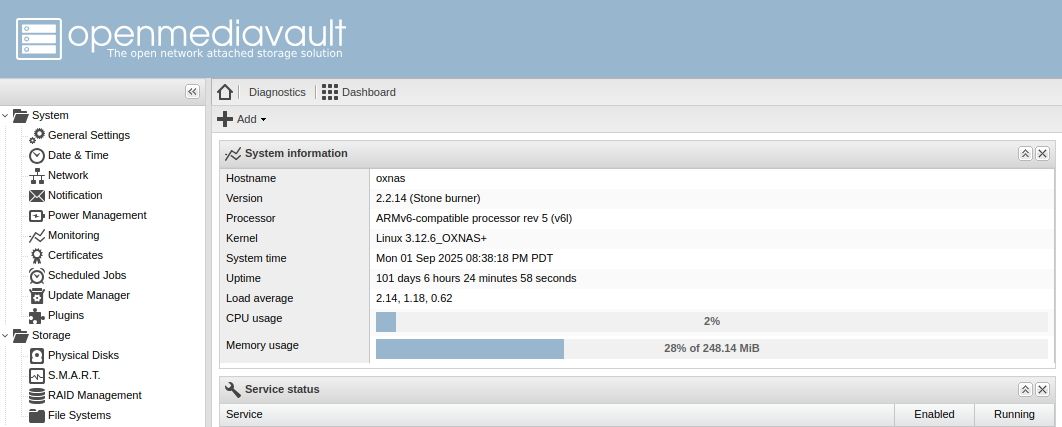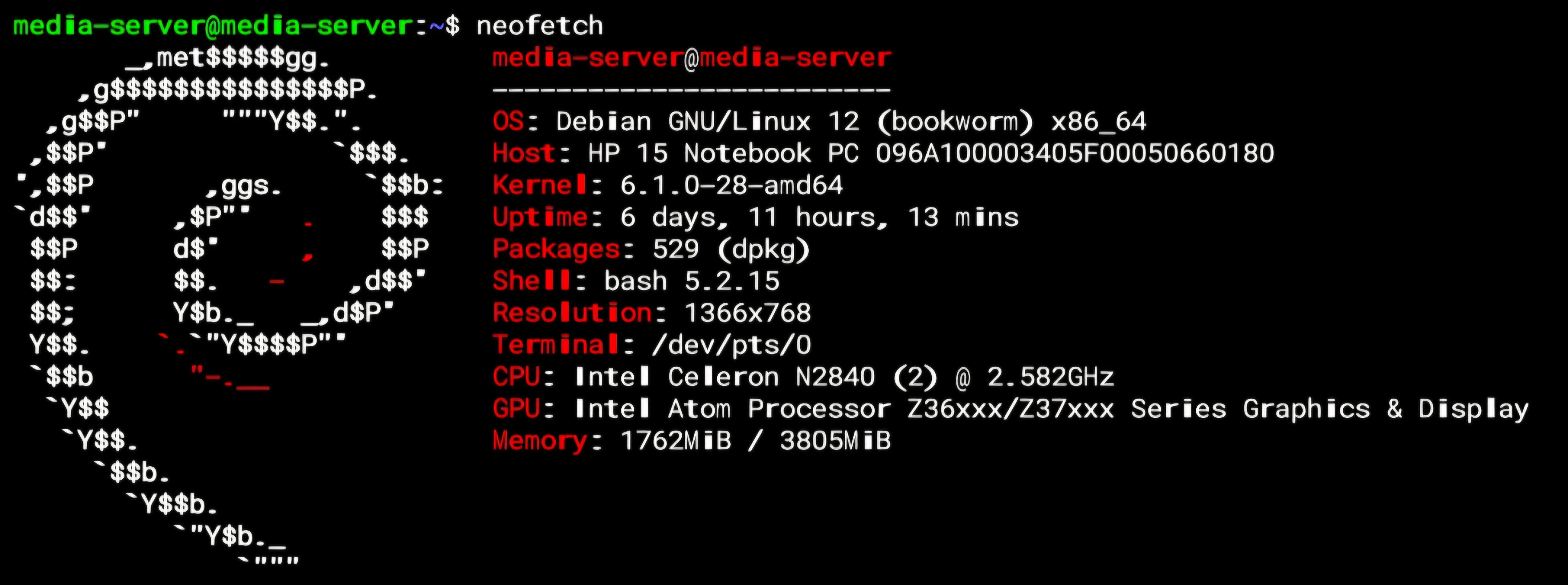Look for a processor for the same socket that supports more RAM and make sure the Motherboard can handle it - maybe you’re lucky and it’s not a limit of that architecture.
If that won’t work, breakup your self-hosting needs into multiple machines and add another second hand or cheap machine to the pile.
I’ve worked in designing computer systems to handle tons of data and requests and often the only reasonable solution is to break up the load and throw more machines at it (for example, when serving millions of requests on a website, just put a load balancer in front of it that assigns user sessions and associated requests to multiple machines, so the load balancer pretty much just routes request by user session whilst the heavy processing stuff is done by multiple machines in such a way the you can just expand the whole thing by adding more machines).
In a self-hosting scenario I suspect you’ll have a lot of margin for expansion by splitting services into multiple hosts and using stuff like network shared drives in the background for shared data, before you have to fully upgrade a host machine because you hit that architecture’s maximum memory.
Granted, if a single service whose load can’t be broken down so that you can run it as a cluster, needs more memory than you can put in any of your machines, then you’re stuck having to get a new machine, but even then by splitting services you can get a machine with a newer architecture that can handle more memory but is still cheap (such as a cheap mini-PC) and just move that memory-heavy service to it whilst leaving CPU intensive services in the old but more powerful machine.
The beauty of self hosting is most of it doesn’t actually require that much compute power. Thus, it’s a perfect use for hardware that is otherwise considered absolutely shit. That hardware would otherwise go in the trash. But use it to self host, and in most cases it’s idle most of the time so it doesn’t use much power anyway.
I just upgraded to a Xeon E5 v4 processor.
I think the max RAM on it is about 1.5 TiB per processor or something.
It’s not new, but it’s not that old either. Still cost me a pretty penny.
Does this count ARMv6 256MB RAM running OpenMediaVault…hmm I have to fix my clock. LOL

I run a local LLM on my gaming computer thats like a decade old now with an old 1070ti 8GB VRAM card. It does a good job running mistral small 22B at 3t/s which I think is pretty good. But any tech enthusiast into LLMs look at those numbers and probably wonder how I can stand such a slow token speed. I look at their multi card data center racks with 5x 4090s and wonder how the hell they can afford it.
Not anymore. My main self-hosting server is an i7 5960x with 32GB of ECC RAM, RTX 4060, 1TB SATA SSD, and 6x6TB 7200RPM drives.
I did used to host some services on like a $5 or $10 a month VPS, and then eventually a $40 a month dedi, though.
What do you use the 4060 for?
Yeah, not here either. I’m now at a point where I keep wanting to replace my last host thats limited to 16GB. All the others - at least the ones I care about RAM on - all support 64GB or more now.
64GB would be a nice amount of memory to have. I’ve been okay with 32GB so far thankfully.
7th gen intel, 96GB mismatched ram, 4 used 10TB HDD, one 12 with a broken sata connector that only works because it’s sitting just right in a sled. A couple of 14’s one M.2 and two sataSSD. It’s running Unraid with 2 VM’s (plex and Home Assistant), one of which has corrupted itself 3 times. A 1080 and a 2070.
I can get several streams off it at once, but not while it’s running parity check and it can’t handle 4k transcoding.
It’s not horrible, but I couldn’t do what I do now with less :)
Maybe a more reasonable question: Is there anyone here self-hosting on non-shit hardware? 😅
2 GB RAM rasp pi 4 :))
Rehabilitated HP z440 workstation, checking in! Popped in a used $20 e5-2620v4 xeon CPU and 64gb of RAM and it sails for my use cases. TrueNAS as the base OS and a TalOS k8’s cluster in a VM to handle apps. Old but gold.
I’m happy with my little N100
10400F running my NAS/Plex server and raspberry pi 5 running PiHole
I have pi-hole on my Mac mini using docker but I stopped using it, it makes some things super laggy to load
Interesting, I haven’t had any issues with things loading with mine, maybe it’s your adlists causing issues? Try disabling some, there might be false positives in there giving you issues
I tried the default ones
You can pry my gen8 hp microserver from my cold, dead hands.
Me using Threadripper 7960X and R5 6600H for my servers: 🤭
It’s not top of the line, but my Ryzen 1700 is way overkill for my NAS. I’ll probably add a build server, not because I need it, but because I can.
My home server runs on an old desktop PC, bought at a discounter. But as we have bought several identical ones, we have both parts to upgrade them (RAM!) as well as organ donors for everything else.
Enterprise level hardware costs a lot, is noisy and needs a dedicated server room, old laptops cost nothing.
I got a 1U rack server for free from a local business that was upgrading their entire fleet. Would’ve been e-waste otherwise, so they were happy to dump it off on me. I was excited to experiment with it.
Until I got it home and found out it was as loud as a vacuum cleaner with all those fans. Oh, god no…
I was living with my parents at the time, and they had a basement I could stick it in where its noise pollution was minimal. I mounted it up to a LackRack.
Since moving out to a 1 bedroom apartment, I haven’t booted it. It’s just a 70 pound coffee table now. :/
7 websites, Jellyfin for 6 people, Nextcloud, CRM for work, email server for 3 domains, NAS, and probably some stuff I’ve forgotten on a $4 computer from a tiny thrift store in BFE Kansas. I’d love to upgrade, but I’m always just filled with joy whenever I think of that little guy just chugging along.
Hell yeah, keep chugging little guy 🤘
Interested in how it does jellyfin, decent GPU or something else?
It does fine. It’s an i5-6500 running CPU transcoding only. Handles 2-3 concurrent 1080p streams just fine. Sometimes there’s a little buffering if there’s transcoding going on. I try to keep my files at 1080p for storage reasons though. This thing’s not going to handle 4k transcoding very well, but it does okay if you don’t expect too much from it.
I’m skeptical that you are doing much video transcoding anyway. 1080p is supported on must devices now, and h264 is best buddies with 1080p content - a codec supported even on washing machines. Audio may be transcoded more often.
Not a huge amount of transcoding happening, but some for old Chromecasts and some for low bandwidth like when I was out of the country a few weeks ago watching from a heavily throttled cellular connection. Most of my collection is h264, but I’ve got a few h265 files here and there. I am by no means recommending my setup as ideal, but it works okay.
Absolutely, whatever works for you. I think its awesome to use the cheapest hardware possible to do these things. Being able to use a media server without transcoding capabilities? Brilliant. I actually thought you’d probably be able to get away with no transcoding at all since 1080p has native support on most devices and so does h264. In the rare cases, you could transcode beforehand (like with a script whenever a file is added) so you’d have an appropriate format on hand when needed.
Most of my content is h265 and av1 so I assume they are also facing a similar issue. I usually use the jellyfin app on PC or laptop so not an issue but my family members usually use the old TV which doesn’t support it.
AV1 is definitely a showstopper a lot of the time indeed. H265 I would expect to see more on 2k or 4k content (though native support is really high anyway). My experience so far has been seeing transcoding done only becuase the resolution is unsupported when I try watching 4k videos on an older 1080p only chromecast.
What do you mean by showstopper? I only encode my shows into AV1/opus and I never had any transcoding happening on any of my devices.
It’s well supported on any recent Browser compared to x264/x265… specially 10bit encodes. And software decoding is nearly present on any recent device.
Dunno about 4k though, I haven’t the necessary screen resolution to play any 4k content… But for 1080p, AV1 is the way to go IMO.
- Free open/source
- Any browser supported
- Better compression
- Same objective quality with lower bitrate
- A lot of cool open source project arround AV1
It has it’s own quirks for sure (like every codec) but it’s far from a bad codec. I’m not a specialist on the subject but after a few months of testing/comparing/encoding… I settled with AV1 because it was comparative better than x264/x265.
Showstopper in the sense that it may not play natively and require transcoding. While x264 has pretty much universal support, AV1 does not… at least not on some of my devices. I agree that it is a good encoder and the way forward but its not the best when using older devices. My experience has been with Chromecast with Google TV. Looks like google only added AV1 support in their newest Google TV Streamer (late 2024 device).
Heck yeah
Which CRM please?
EspoCRM. I really like it for my purposes. I manage a CiviCRM instance for another job that needs more customization, but for basic needs, I find espo to be beautiful, simple, and performant.
Sweeeeet thank you! Demo looks great. Now to figure out whether an uber n00ber can self host it in a jiffy or not. 🙏
Somehow Jellyfin works ¯\_(ツ)_/¯

1366x768 ?? WTF
This was common in budget laptops 10 years ago. I had a Asus laptop with the same resolution and I have seen others with this resolution as well
Here in Brazil, there are still a lot of laptops, monitors and tvs being sold with that resolution.
That’s a whole 86x48 more than 1280x720!
😆nice
I just learned that this resolution resulted from 4:3 screens which got some wideness added to reach 16:9 from an awesome person in this comment thread 😊
I had to check the post not logged in, weirdly I only see your comment when I’m logged in, but yeah, I (almost) only ever ssh into it, so I never really noticed the resolution until you pointed it out
Some old netbook I guess, or unsupported hardware and a driver default. If all you need is ssh, the display resolution hardly matters.
Sure, just never saw this numbers for resolution, ever 😆
Most 720p TVs (“HD Ready”) used to be that resolution since they re-used production lines from 1024x768 displays
Ahh, I see, they took the 4:3 Standard screen and let it grow to 16:9, that makes a lot of sense 😃
I am to young for knowing 4:3 resolutions 😆
Just down load more ram capacity. It the button right under the down load more ram button.
People in this thread have very interesting ideas of what “shit hardware” is
My cluster ranges from 4th gen to 8th gen Intel stuff. 8th gen is the newest I’ve ever had (until I built a 5800X3D PC).
I’ve seen people claiming 9th gen is “ancient”. Like…ok moneybags.
My 9th gen intel is still not the bottleneck of my 120hz 4K/AI rig, not by a longshot.
Yep any core i3 is fine even for desktop given an SSD and enough RAM. Once you delve into the core2 era, you start having problems because it lacks the compression and encryption instructions necessary for the day to day smoothness. In a server you might get away with core 2 duo as long as you don’t use full disk encryption and get an SSD or at least use ram for caching. Though that would be kinda a bizarre setup on a computer with 512 MB of ram.
I’m still interested in Self-Hosting but I actually tried getting into self-hosting a year or so ago. I bought a s***** desktop computer from Walmart, and installed window server 2020 on it to try to practice on that.
Thought I could use it to put some bullet points on my resume, and maybe get into self hosting later with next cloud. I ended up not fully following through because I felt like I needed to first buy new editions of the server administration and network infrastructure textbooks I had learned from a decade prior, before I could continue with giving it an FQDN, setting it up as a primary DNS Server, or pointing it at one, and etc.
So it was only accessible on my LAN, because I was afraid of making it a remotely accessible server unless I knew I had good firewall rules, and had set up the primary DNS server correctly, and ultimately just never finished setting it up. The most ever accomplished was getting it working as a file server for personal storage, and creating local accounts with usernames and passwords for both myself and my mom, whom I was living with at the time. It could authenticate remote access through our local Wi-Fi, but I never got further.







